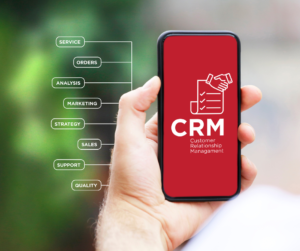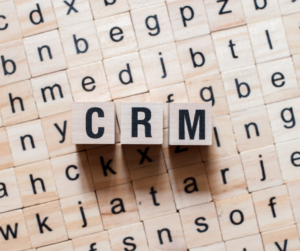Inflation has gone up in many countries, as supply chain bottlenecks disrupted the flow of commodities globally. Issues such as labor mismatch, port congestion and lack of truckers have hampered trade, resulting in up to 70-percent increase in prices of some commodities.
In a recent McKinsey Podcast, Knut Alicke and Dan Swan, partners in McKinsey’s Operations Practice, tackled how business leaders and executives could build resilience into their supply-chain strategies and avoid disruptions in the future.
Labor mismatch
Swan said company executives are having real challenges finding labor today. “We’re also seeing major challenges from a transportation perspective—not only with inbound containers from Asia, but also with finding trucks to carry products,” he said.
The problem is most acute in the US, where the pandemic has changed the labor market and accelerated technology and automation trends. Europe is also suffering from a labor mismatch. A survey among supply-chain executives shows that nearly all of them prefer digital talent for demand planning, supply planning, inventory management and production planning.
“They are basically doing it in two ways. One is that they have their existing labor force, and they want to reskill. That means teaching existing employees advanced analytics, machine learning, all of this new cool stuff. Then they’re looking for talent outside the organization. This is clearly where we see a big gap. So, there’s just no one available who could fill these roles, especially in the planning functions,” Alicke said.
The rise of e-commerce
Swan said such labor mismatch was massively exacerbated by the pandemic. The rise of e-commerce led to totally different supply-chain requirements in terms of warehouse labor and transportation labor.
He said there was also a shift from people thinking about talent and capability building as an enabler to people viewing it as a strategy itself. “I think this is a really important mindset shift for leaders to think about as they try and get this piece right. But there are a couple of things we’d call out. One is getting much more scientific and analytical around why are people leaving,” he said.
Swan said people are becoming more analytical with their HR capabilities and considering the priorities for both attracting and retaining talent—and what really matters to their people. The second thing is that people are getting more aggressive with capability building, in terms of prioritizing support for frontline workforce, upskilling them and having clear career path as part of their value proposition.
Supply chain planning
Alicke said CEOs are now more involved in supply chain planning. “What we saw from our client work over the past 18 months is that supply chain got to the CEO agenda. Before, it was always like the supply chain was seen as necessary, but not really sexy. It’s only visible if things go wrong. Now that is different,” he said.
Alicke said a client started to mention supply chain in investor briefings and was able to manage the pandemic better than others to increase their market share. “So CEOs need to think about supply chain as a clear enabler for their success. They need to think end to end; they need to pay attention to supply chain. For all the issues we saw, and for the issues going forward, they need to make sure that they invest in resilience to make sure that the supply chain can deliver as it’s meant to do,” he said.
Swan said supply chain has become a real differentiator for companies because it also involves sales, marketing, finance and procurement. “To really get the end-to-end supply chain, you need the whole organization working together. When you have that mindset that it’s a potential strategic differentiator, the role of the CEO and helping the entire organization and the entire leadership team to mobilize around that is quite different,” he said.
Productivity
Swan said companies are now looking at productivity in the supply chain with a different mindset. The question they are now asking is, “How do I build a supply chain that has the right productivity levels for resilience, in the speed that I want my supply chain to deliver on?”
Alicke said companies are also more interested in preparing for the next disruption around the corner. “It will not be a pandemic; it will be something different,” he said. “So we need to make sure that we have a resilience setup that is meeting our productivity goals. At the same time, we see a lot of industries that have a lot of growth these days. So, basically, you need to manage both. But you need to manage it with the availability in mind. You need to manage it with resilience in mind.”
Cloud solutions
Experts said to achieve such resilience, companies need to have better visibility of the entire supply chain and come up with different scenarios for demand planning.
Supply chain solutions offered by Cloud platform NetSuite offer end-to-end visibility and demand planning tools that accurately predict consumer demand.
NetSuite’s enterprise resource planning (ERP) system provides insights into stock levels and makes it visible across the organization in real time. It also provides organizations a single, real-time view of inventory and demand, keeping handling costs manageable while meeting customer expectations.
Its supply chain solutions include multiple location planning, warehouse and fulfillment management, automated stock replenishment, lot and serial tracking and cycle counting which all lead to smooth business operation and increased cash flow that help companies overcome tough times.
Source: https://www.mckinsey.com/business-functions/operations/our-insights/diagnosing-the-pain-in-your-supply-chain





